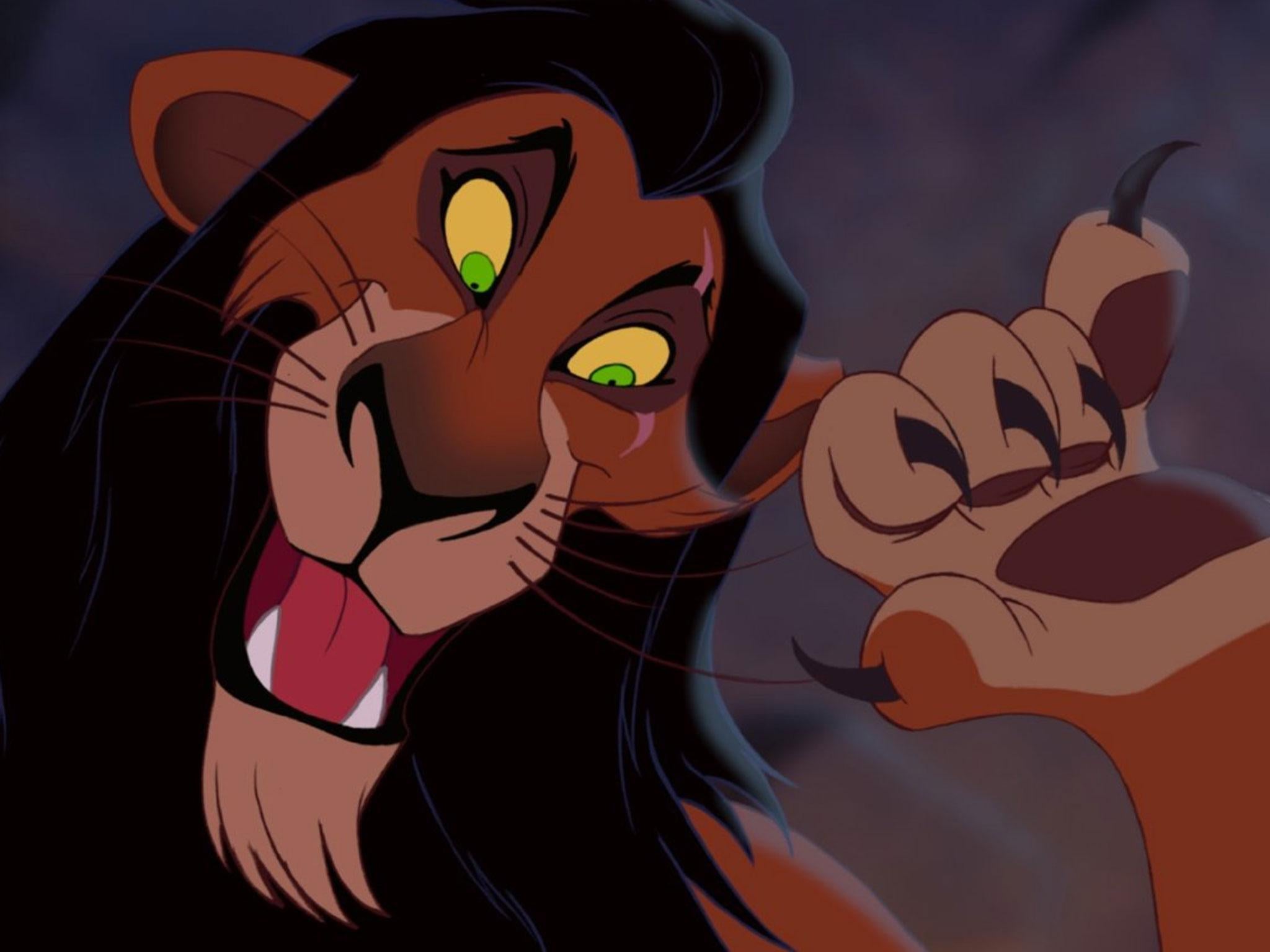Any child knows that cartoon violence isn’t real
A new study has suggested parents should be worried by the 'death and destruction' featured in many children's animated films


Mufasa, the Lion King, has just clawed his way up the cliff to escape a stampede of wildebeest, only to be confronted at the top by his jealous and murderous brother, Scar, who throws him to his death in the gorge below. It is the tragic turning point in the film, leaving Simba, Mufasa’s little lion cub, bereft. “Whoopsie!” my four-year-old shouts from the sofa, as if someone has dropped a handkerchief on the floor.
My daughter, like most children her age, loves animated films – mainly Disney’s Tangled and, inevitably, Frozen. But according to a study published in the British Medical Journal this week, I should fear exposing her to cartoons because, say the researchers, the main characters are more than twice as likely to be killed off as those in adult films.
Violence and horror lurk in everything from Snow White, Disney’s first animated film from 1937, to last year’s Frozen, the studio’s most successful movie. They are, say the researchers from University College London and the University of Ottawa, “rife with death and destruction”. It is not only Disney: animations such as Finding Nemo and A Bug’s Life are also “hotbeds of murder and mayhem” that could cause long-lasting trauma and damage to children, the study claims.
Cartoon deaths may be grisly and sad, but causing long-lasting trauma? Come off it. Modern animation may be in 3D and the best it’s ever been, but even a four-year-old can tell the difference between a cartoon and real footage.
When it comes to the deaths of animals in animations, these are actually sanitised versions of what happens in nature. So in Finding Nemo, the mother is eaten by a barracuda, but the little clownfish survives far worse encounters which would kill him off in the real ocean.
I can’t remember A Bug’s Life but I imagine at some point a tiny creature is squashed by a bigger creature. Bambi’s mother is shot by a hunter, but the reality would be worse. And these animals are talking, for crying out loud – it just isn’t real. As Chandler said in Friends, when he was asked by Joey whether he cried when Bambi’s mother was shot: “Yes, it was so sad when the guy stopped drawing the deer.”
When it comes to the portrayal of princesses, ice queens and wicked stepmothers, this is just plain obvious fantasy. Just like in Brothers Grimm and Hans Christian Andersen fairytales, wicked stepmothers rampage through kingdoms like there’s no tomorrow before meeting their sticky ends.
Snow White – in the original fairytale and the Disney movie – is killed by poison in an apple but is then brought back to life, in her glass coffin, by a handsome prince. When Elsa in Frozen stamps her foot on the ground she transforms it into a frozen lake, and later she creates an entire palace out of ice just with the point of her index finger. Does my daughter really think this is what humans can do? No. Children are not stupid. They can tell the difference between a real person and a princess with overly large eyes and a pet snowman who can remove his own head.
The obvious flaw in the UCL research is that this was a study of the content of films over 70 years, but with no clinical analysis of their long-lasting effect on children. If they had, they would have found no causal link – after nearly three-quarters of a century and millions of cinema-goers, it is obvious that there is no damage done, otherwise several generations would be traumatised.
So I wonder what the point of this work was, other than to state the bleeding obvious, which is basically that wicked stepmothers in fairytales are evil. The researchers are perhaps suggesting that Disney and other animators should stop killing off their main characters, which would be a disappointing development – introducing not only Hollywood endings but beginnings and middles to every film version of a fairytale.
Because there is a serious point here: the fairytale stories that we tell our children – through books and films – are crammed with evil witches, heroic princes and princesses and grisly deaths because they inspire imagination and intrigue in the reader and viewer. These stories also tell children hard and fast rules about the real world – the difference between right and wrong, for example – in a way that is exciting and fantastical.
On my daughter’s bookshelf there are two versions of Little Red Riding Hood: one where the big bad wolf gobbles up the grandmother and the girl before the woodcutter cuts the animal open and frees them; the other is a heavily sanitised version where the wolf runs away (not even killed!) after the woodcutter turns up because he has heard screams. My daughter prefers the gorier version because it is more engaging. Does this mean she is going to grow up wanting to go around killing wolves or, based on her other favourite book, pushing witches into ovens in houses made of sweets? Of course not. But the message of both stories, don’t speak to strangers, is vividly hammered home.

Join our commenting forum
Join thought-provoking conversations, follow other Independent readers and see their replies